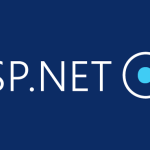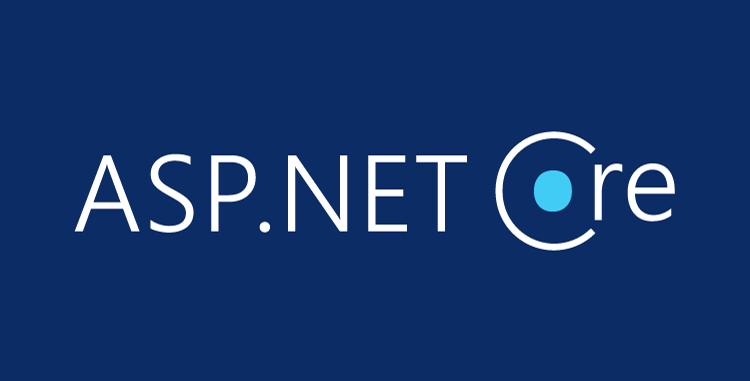1. Overview & Approach
Security testing for ASP.NET Core should include multiple layers:
- Static Analysis (SAST): scan code for insecure patterns.
- Dependency/Package Scanning: find vulnerable NuGet packages.
- Configuration Review: Ensure framework and middleware settings are secure.
- Dynamic Testing (DAST): exercise the running app to find runtime flaws.
- Automated Integration Tests: programmatic tests that assert security properties (headers, auth, CSRF, cookie flags).
- Manual Pen-testing: targeted manual checks for XSS, SQLi, auth/authorization bypass.
- CI/CD enforcement: run security checks automatically.
This article focuses on C# code for configuration checks, middleware to enforce secure practices, and integration tests that can be added to CI.
2. Secure Configuration (Program.cs / Startup.cs)
Make sure your app has these basics in Program.cs (or Startup.cs for older templates):
Notes
UseAuthentication()must come beforeUseAuthorization().- Keep secrets out of
appsettings.jsonin production; use environment variables or Azure Key Vault / AWS Secrets Manager.
3. Security Headers Middleware (C# ready)
Add a small middleware to assert security headers and add defaults. Drop this into your project:
Register it in Program.cs as shown earlier.
4. Input Validation & Model Binding
Prefer strongly typed models and validation attributes. Never trust user input.
Server-side rules
- Use parameterized queries or EF Core LINQ. Do not concatenate SQL strings.
- For EF Core raw SQL, use parameters:
dbContext.Database.ExecuteSqlRaw("UPDATE ... WHERE Id = {0}", id);
5. File Upload Security (example)
Validate file type, size, and store outside web root (or in blob storage). Example:
Recommendation: run antivirus/clamAV scanning on uploaded files and do content sniffing to prevent disguised executables.
6. Anti-Forgery (CSRF)
For web forms, use @Html.AntiForgeryToken() in Razor views and decorate POST action with [ValidateAntiForgeryToken]. For single-page apps, send the antiforgery token via a header (X-CSRF-TOKEN) and validate on the server (see AddAntiforgery in Program.cs).
7. Programmatic Security Tests (Integration Tests with C#)
Use Microsoft.AspNetCore.Mvc.Testing and xUnit to write integration tests that assert security headers, cookie flags, and auth/authorization behavior.
Install:
Example test project:
Note: You may need to stub or add a testing-only endpoint /account/set-test-cookie in your app to exercise cookie-related behavior.
8. Automated Dependency & Secret Checks
Add these scripts/commands to your build pipeline to detect package vulnerabilities and accidental secrets:
- Check vulnerable NuGet packages:
- Simple scan for obvious secrets (CI job example using
git-secretsortruffleHog— not shown here as those are external tools, but call them in your pipeline). - Use GitHub Dependabot / Snyk/WhiteSource for continuous monitoring.
9. SAST & Code Analysis
- Use Roslyn analyzers (e.g., Microsoft.CodeAnalysis.FxCopAnalyzers) and add them to your
Directory.Build.propsso CI fails on critical issues. - Integrate SonarQube or similar SAST tools into the build.
Example Directory.Build.props to enable analyzer warnings-as-errors:
10. Example Dynamic Tests You Can Automate From C#
If you want to drive OWASP ZAP from C# to do DAST scans, you can call the ZAP API or run it as a Docker process and call its HTTP API. (Below is a simplified example that triggers an external process — adapt to your CI):
Tip: Running ZAP requires setup; many teams run a staged ZAP scan in CI that publishes a report artifact.
11. Test Cases / Checklist (Copy-paste friendly)
Add these as unit/integration tests or a manual testing checklist:
- Authentication: brute force prevention (rate limiting, CAPTCHA, lockout).
- Authorization: test endpoints with lower-privileged tokens and assert
403. - CSRF: POST endpoints require a valid antiforgery token.
- XSS: Try stored and reflected XSS vectors in inputs and verify output encoding.
- SQL/command injection: ensure parameterized queries.
- File uploads: validate extension, file signature, size, and scanning.
- Cookies:
HttpOnly,Secure,SameSiteset. - Security headers:
CSP,X-Frame-Options,X-Content-Type-Options,Referrer-Policy,Permissions-Policy. - TLS: redirect HTTP->HTTPS and HSTS enabled in production.
- Secrets: no secrets in repo or config.
- Dependencies:
dotnet list package --vulnerablepasses. - Logging: no PII or secrets logged.
- Rate limiting: endpoints protected (e.g., IP/credential throttling).
- Error messages: do not leak stack traces or sensitive info in production.
12. CI Example (GitHub Actions) — run tests + vulnerable packages check
.github/workflows/security.yml (simple example):
Adjust dotnet-version to your target runtime.
13. Manual Pen-Testing Pointers (Practical C#-oriented)
- Use Burp Suite or OWASP ZAP to crawl pages; export the session and re-run against staging.
- Use
HttpClientin C# to fuzz endpoints programmatically (send malformed JSON, unexpected types). - Test for mass-assignment issues: send extra JSON properties to see if the server binds unintended properties.
Example quick fuzzer snippet
14. Reporting & Remediation
- For each finding, include: title, severity (Low/Med/High/Critical), reproduction steps, sample request/response, and remediation suggestions (code snippets when possible).
- Track fixes and re-test automatically using the integration tests you added above.
15. Quick Reference: Secure Defaults (Checklist to enforce in code)
UseHttpsRedirection()enabled.UseHsts()in non-Dev environments.Cookie.HttpOnly = true,Cookie.SecurePolicy = Always,SameSiteappropriate.ValidateAntiForgeryTokenon POST / state-changing endpoints.- No plaintext secrets checked into source.
- CSP header present and tuned for your app.
- Content type validation and
X-Content-Type-Options: nosniff. - Authorization policies applied to controllers/actions.
- Error handling middleware that hides stack traces in production.
16. Wrapping Up
This guide gave you:
- C# middleware to apply security headers,
- Example secure
Program.cswiring, - Model validation & file upload example,
- Integration tests for headers, cookies, and antiforgery,
- CI steps to run tests and check vulnerable packages,
- Practical fuzzing and DAST integration hints.
Best and Most Recommended ASP.NET Core 10.0 Hosting
Fortunately, there are a number of dependable and recommended web hosts available that can help you gain control of your website’s performance and improve your ASP.NET Core 10.0 web ranking. HostForLIFE.eu is highly recommended. In Europe, HostForLIFE.eu is the most popular option for first-time web hosts searching for an affordable plan. Their standard price begins at only €3.49 per month. Customers are permitted to choose quarterly and annual plans based on their preferences. HostForLIFE.eu guarantees “No Hidden Fees” and an industry-leading ’30 Days Cash Back’ policy. Customers who terminate their service within the first thirty days are eligible for a full refund.
By providing reseller hosting accounts, HostForLIFE.eu also gives its consumers the chance to generate income. You can purchase their reseller hosting account, host an unlimited number of websites on it, and even sell some of your hosting space to others. This is one of the most effective methods for making money online. They will take care of all your customers’ hosting needs, so you do not need to fret about hosting-related matters.





